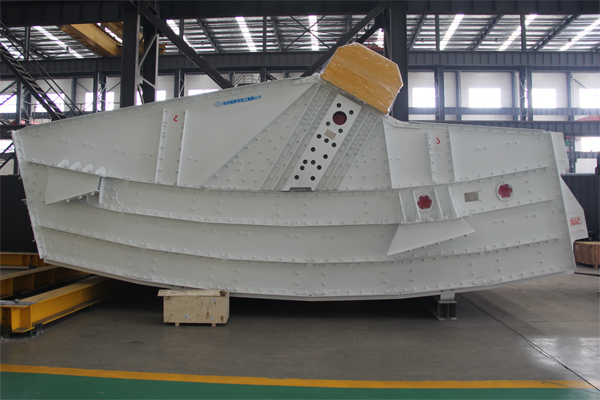What are the advantages of high frequency screens?
High frequency screens, also known as high-frequency vibrating screens or high-frequency sieves, are specialized equipment used in various industries for efficient screening and separation of fine particles.High-frequency screens offer several advantages over traditional screens, particularly in the field of material screening and sizing.
High-frequency screens advantage

Increased Efficiency
High-frequency screens operate at a higher frequency of vibrations compared to conventional screens. This increased frequency allows for more efficient screening of fine materials. It enables the separation of smaller particles and improves overall screening accuracy, leading to higher production rates and improved product quality.
Enhanced Particle Separation
High-frequency screens excel at separating fine particles from the feed material. The high frequency of vibrations enables the screen to rapidly stratify and separate the material into different size fractions. This is especially beneficial in applications where precise particle separation is critical, such as in mineral processing, coal preparation, and aggregate production.
Improved Dewatering
High-frequency screens are effective in dewatering applications. The high-frequency vibrations help to remove water from the material more efficiently, resulting in a drier product. This is particularly advantageous in industries such as sand and gravel, where the removal of moisture is essential for downstream processes or product quality.

Compact Design
High-frequency screens are typically designed to be compact and occupy less space compared to traditional screens. This compactness allows for easier installation and integration into existing processing plants or mobile applications. Additionally, the reduced footprint can lead to cost savings in terms of infrastructure requirements and overall plant layout.
Energy Efficiency
High-frequency screens often require less power compared to conventional screens due to their efficient design and operation. The high-frequency vibrations efficiently move the material across the screen surface, requiring less energy to achieve the desired screening or dewatering results. This energy efficiency can result in cost savings over time, particularly in high-capacity screening operations.

Reduced Blinding and Plugging
High-frequency screens are less prone to blinding and plugging compared to traditional screens. The high-frequency vibrations help to prevent the material from sticking to the screen surface, reducing the occurrence of clogging or blockages. This leads to a more continuous and uninterrupted screening process, minimizing downtime for cleaning or maintenance.
Versatile Application
High-frequency screens can be used in a wide range of applications across various industries. They are suitable for screening fine materials, including minerals, ores, aggregates, industrial sands, and coal. The versatility of high-frequency screens makes them valuable in different processing stages, such as primary screening, scalping, dewatering, desliming, and final product sizing.
Overall, the advantages of high-frequency screens include improved efficiency, enhanced particle separation, effective dewatering, compact design, energy efficiency, reduced blinding and plugging, and versatile application. These benefits make high-frequency screens a valuable tool in many industries requiring efficient and precise material screening and processing.



